What is Sciatica?
Sciatica refers to pain that travels along the path of the sciatic nerve, which extends from the lower back through the hips and buttocks, down each leg. It usually affects only one side of the body and can vary from a mild ache to a sharp, burning sensation.
Common causes include herniated discs, spinal stenosis, bone spurs, or muscle tension that compresses or irritates the nerve. This compression leads to inflammation and pain.
Symptoms of Sciatica often include:
- Sharp pain, tingling, or burning sensation radiating from the lower back to the legs
- Numbness or weakness in the leg or foot
- Pain that worsens with prolonged sitting, standing, or sudden movements
Alternative therapies such as cupping therapy for sciatica are gaining popularity for managing these symptoms, especially when combined with physiotherapy. While traditional treatments are essential, many individuals explore the benefits of cupping for sciatica as part of a more holistic approach.
What is Cupping?
Cupping therapy is a traditional healing practice that involves placing cups on the skin to create suction. This suction increases blood flow, relaxes tight muscles, and supports the body’s natural healing response. For conditions like sciatica, cupping helps reduce pain and inflammation by relieving pressure around the sciatic nerve.
Used in both traditional and modern medical systems, cupping therapy for sciatica has become a popular non-invasive solution for managing nerve-related pain. Whether through dry cupping or wet cupping, the technique can be integrated with physiotherapy for optimal results in relieving chronic lower back and leg pain.
Is Cupping Good for Sciatica?
Yes, cupping therapy for sciatica can be beneficial when used as part of a structured treatment plan. While it doesn't cure the underlying cause, it helps relieve pain, reduce inflammation, and improve mobility by easing muscle tension and supporting nerve function.
When applied to the lower back, hips, and legs, cupping therapy for sciatica pain can reduce pressure on the sciatic nerve, often resulting in temporary relief from symptoms like tingling, numbness, and radiating discomfort.
To experience the full benefits of cupping for sciatica, it's important to work with a qualified physiotherapist who understands how to do cupping for sciatica safely and effectively, often in combination with exercise, manual therapy, and lifestyle changes.
The Scientific Evidence for Cupping Therapy in Treating Sciatica
Scientific evidence on cupping therapy for sciatica is limited but growing. Some studies suggest cupping may reduce pain and improve function in patients with nerve-related pain. Research indicates that cupping increases blood circulation and reduces inflammation, which may benefit sciatica sufferers.
However, more studies are needed to fully understand its effectiveness. Despite limited research, many patients report positive outcomes, making cupping a valuable consideration for those seeking alternative treatments for sciatica relief.
Reducing Pressure on the Sciatic Nerve
Cupping therapy helps reduce pressure on the sciatic nerve by relaxing tight muscles and tissues. Suction lifts the skin and underlying tissue, which can alleviate compression around the nerve.
This can help reduce pain and improve mobility for sciatica sufferers. By relieving tension in the lower back and legs, cupping therapy aims to reduce discomfort and improve function.
Improving Blood Circulation and Reducing Inflammation
Cupping therapy creates a suction that promotes blood circulation and reduces inflammation in affected areas, which helps deliver nutrients and oxygen to tissues.
This can aid in healing and reducing swelling. Improved circulation also means reduced inflammation, which can improve mobility.
Cupping Therapy Techniques for Sciatica
Cupping therapy for sciatica is performed using different techniques, each offering unique benefits based on the severity and nature of symptoms. From traditional approaches rooted in ancient Chinese medicine to modern adaptations used by physiotherapists, understanding these methods can help patients choose the most suitable treatment option.
Dry and Wet Cupping Techniques
Dry and wet cupping, also known as Hijama in Unani and traditional Islamic medicine, are two of the most widely used methods in cupping therapy for sciatica pain. Each has a specific therapeutic goal and method of application.
- Dry Cupping involves placing suction cups on the lower back or legs without any incisions. This technique helps improve blood circulation, relax tight muscles, and reduce nerve compression, providing relief from sciatica symptoms. Many people report positive benefits of cupping for sciatica through this approach.
- Wet Cupping(Hijama) includes making small, superficial incisions before applying the cups. This method is believed to draw out stagnant blood and toxins, relieving inflammation and pressure. It’s often used when addressing chronic pain patterns and may be effective if you’re exploring how to do cupping for sciatica safely with expert guidance.
Traditional Chinese Medicine Approach
In Traditional Chinese Medicine, sciatica is viewed as a result of blocked energy (qi) along the meridians. Cupping is used to restore balance and energy flow, helping to relieve pain and improve mobility.
- Practitioners apply cups along acupuncture points and meridians on the back and legs.
- Cupping is often combined with herbal medicine or acupuncture to create a comprehensive healing approach.
This method supports the idea that cupping therapy for sciatica doesn’t just treat pain—it also addresses underlying energetic imbalances.
Modern Cupping Techniques
Modern physiotherapists often integrate cupping therapy for sciatica with evidence-based rehab techniques. These methods focus on precision, comfort, and integration with other physical therapies.
- Silicone or plastic cups are used instead of glass, often with pumps for controlled suction.
- Stationary and moving cupping techniques are selected based on the affected muscle groups and pain severity.
- Some clinics use mechanical devices to regulate suction levels and enhance safety.
This approach is ideal for patients who prefer a structured, physiotherapy-led plan while still benefiting from the benefits of cupping for sciatica.
Cupping Combined with Acupuncture
When cupping therapy for sciatica is paired with acupuncture, the results can be synergistic. Acupuncture targets energy points and nerves, while cupping supports circulation and muscular release.
- Acupuncture needles are inserted into specific points along the sciatic nerve pathway.
- Follow-up cupping helps relieve tension and enhances the effects of acupuncture.
- Together, these therapies may offer greater relief from inflammation and improve functional mobility.
This integrative method is often recommended by practitioners when addressing persistent or radiating sciatic nerve pain.
Cupping Points for Sciatica
In cupping therapy for sciatica, specific points are targeted along the lower back, hips, buttocks, and down the leg, following the path of the sciatic nerve. Common cupping points include the Bladder meridian (near the spine), GB30 (hip region), and BL40 (behind the knee). These areas are chosen to reduce pressure, enhance circulation, and ease nerve compression.
Understanding how to do cupping for sciatica includes selecting points that match the individual’s symptoms and pain distribution. Targeted cupping at these points can provide significant relief from sciatica pain and improve functional mobility over time.
Cupping Therapy as Part of a Holistic Sciatica Treatment Plan
While cupping therapy for sciatica can provide targeted relief by improving circulation and reducing muscle tension, it's most effective when integrated into a comprehensive care plan. This may include physiotherapy, specific stretches, posture correction, and anti-inflammatory nutrition. These complementary elements support long-term healing and help prevent recurring episodes of sciatic nerve pain.
At Physiotattva, our practitioners evaluate your condition holistically, combining cupping therapy for sciatica pain with guided rehabilitation exercises, ergonomic advice, and stress management support. This integrated approach ensures that both your symptoms and their root causes are addressed, helping you regain strength, mobility, and overall quality of life.
Practical Guide to Cupping Therapy for Sciatica
A practical guide to cupping therapy explains the different cupping techniques used to relieve pain and improve circulation. The guide is designed to provide information on how to prepare for a session and what to expect during treatment. It outlines post-session care tips to enhance recovery.
Finding a Qualified Practitioner
Finding a qualified physiotherapist for cupping therapy for sciatica involves researching their credentials and experience. Ask about their experience treating sciatica and request references or reviews from previous patients. Consult professional organisations for recommendations. Verify their licensing and ensure they follow proper hygiene and safety protocols. Choosing a skilled practitioner ensures safe and effective treatment tailored to your specific needs.
What to Expect During a Cupping Session
During a session of cupping therapy for sciatica, practitioners place cups on the skin using heat or suction. You may feel a pulling sensation as the cups create suction. The session lasts 20-30 minutes, during which the physiotherapist may move the cups to enhance circulation.
You can relax during the process, and the physiotherapist will monitor your comfort. After the session, some temporary skin discolouration may occur. The physiotherapist will provide aftercare instructions to maximise benefits.
Managing Expectations: Benefits and Limitations of Cupping Therapy for Sciatica
Understanding both the advantages and limitations of cupping therapy for sciatica is essential for setting realistic expectations. While cupping offers noticeable relief, it works best when integrated into a broader treatment plan.
Combining cupping with other therapies, such as physical therapy or acupuncture, can enhance its effectiveness and support long-term management.
Immediate Relief vs. Long-Term Healing
Cupping therapy offers immediate relief by increasing blood flow and reducing muscle tension. This can temporarily alleviate sciatica pain and improve mobility.
However, long-term healing requires addressing the root cause of sciatica through lifestyle changes, physical therapy, and medical interventions. Cupping should be part of a broader treatment plan that includes exercises, diet, and stress management.
Regular sessions may contribute to long-term improvement, but comprehensive care ensures sustained relief and recovery.
Benefits of Cupping Therapy for Sciatica
Many patients experience short-term relief and functional improvement through regular cupping sessions. Here are some potential benefits of cupping for sciatica:
- Increases blood circulation to affected areas, promoting healing
- Relaxes tight muscles and reduces pressure on the sciatic nerve
- Minimises inflammation, which may relieve sciatica pain and stiffness
- Improves mobility and flexibility in the lower back and legs
- May enhance results when combined with physiotherapy or acupuncture
- Offers a non-invasive, drug-free option for symptom management
These results vary from person to person, but many report meaningful improvements after consistent cupping therapy for sciatica pain.
Limitations and Considerations
While cupping has benefits, it’s important to acknowledge its limitations:
- It does not treat the root cause of sciatica, such as herniated discs or spinal stenosis
- Results may be temporary if not supported by physical therapy, exercise, or lifestyle changes
- Individual responses vary—some may require regular sessions for sustained results
- Mild side effects like bruising or skin discolouration are common
- Rare risks include burns or infections if not done by a trained practitioner
- Not suitable for individuals with bleeding disorders, skin infections, or certain medical conditions
If you're wondering is cupping good for sciatica, it’s best to consult a physiotherapist to determine how it fits within your overall treatment strategy.
When to Avoid Cupping Therapy for Sciatica?
While cupping therapy for sciatica is generally safe, there are certain conditions where it may not be appropriate. Always consult a professional before beginning any new treatment approach.
- Skin Conditions: Avoid cupping over areas affected by eczema, psoriasis, sunburn, or rashes, as suction can irritate the skin and worsen symptoms.
- Open Wounds or Infected Areas: Never perform cupping on cuts, abrasions, or areas with active infections, as it may introduce bacteria and delay healing.
- Bleeding Disorders: Individuals with conditions like haemophilia or those on blood thinners should avoid cupping due to an increased risk of bruising or internal bleeding.
- Pregnancy (Abdominal/Lumbar Area): Pregnant individuals should avoid cupping on the lower back or abdomen unless cleared by a healthcare provider familiar with prenatal care.
- Severe Chronic Illnesses: Those with serious cardiovascular, kidney, or autoimmune disorders should speak with a doctor before undergoing cupping therapy for sciatica pain.
- Low Platelet Counts or Fragile Skin: Conditions that compromise skin integrity or blood clotting may make cupping unsuitable or risky.
If you're unsure how to do cupping for sciatica safely or whether it's right for you, consult a licensed physiotherapist for personalised guidance.
Why Choose Physiotattva for Cupping Therapy for Sciatica?
At Physiotattva, we specialise in delivering advanced, evidence-based care for individuals experiencing sciatic nerve pain. Our expert physiotherapists design personalised treatment plans that often integrate cupping therapy for sciatica with physical therapy, exercise, and long-term recovery strategies.
We don’t just treat symptoms; we work to restore your mobility, reduce discomfort, and improve your overall well-being. Whether you’re looking for immediate relief or long-term support, our team ensures your treatment is safe, effective, and tailored to your body’s needs.
At Physiotattva physiotherapy clinics in Bangalore and Hyderabad, you receive personalised care tailored to your specific needs, ensuring effective results and comfort throughout your journey to recovery.
Don’t wait to start your recovery! Get in touch with Physiotattva for more details! Contact us at +91 89510 47001.




-Physiotherapy.webp)
-for-Shoulder-Pain-Relief.webp)
-for-Knee-Pain-Relief.webp)


-for-Back-Pain-Relief%20(1).webp)





.webp)










.webp)


.webp)
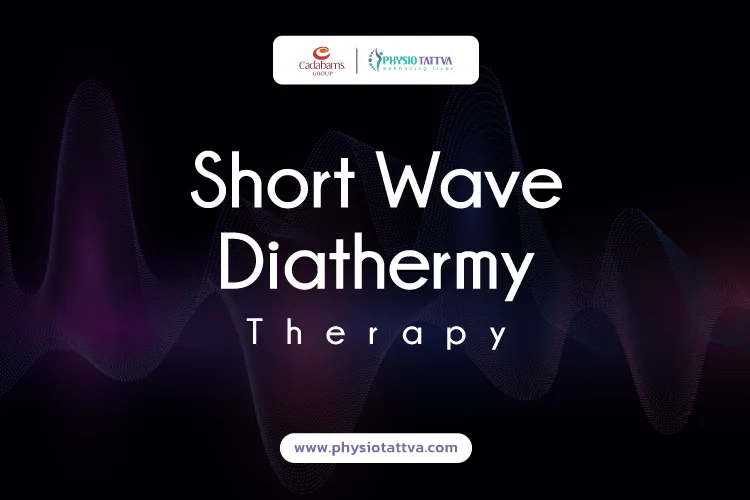
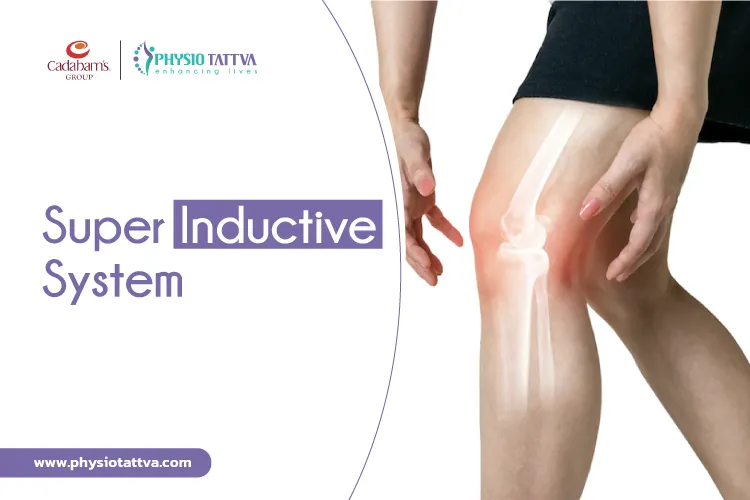



.webp)
.webp)


.webp)
.webp)

.webp)
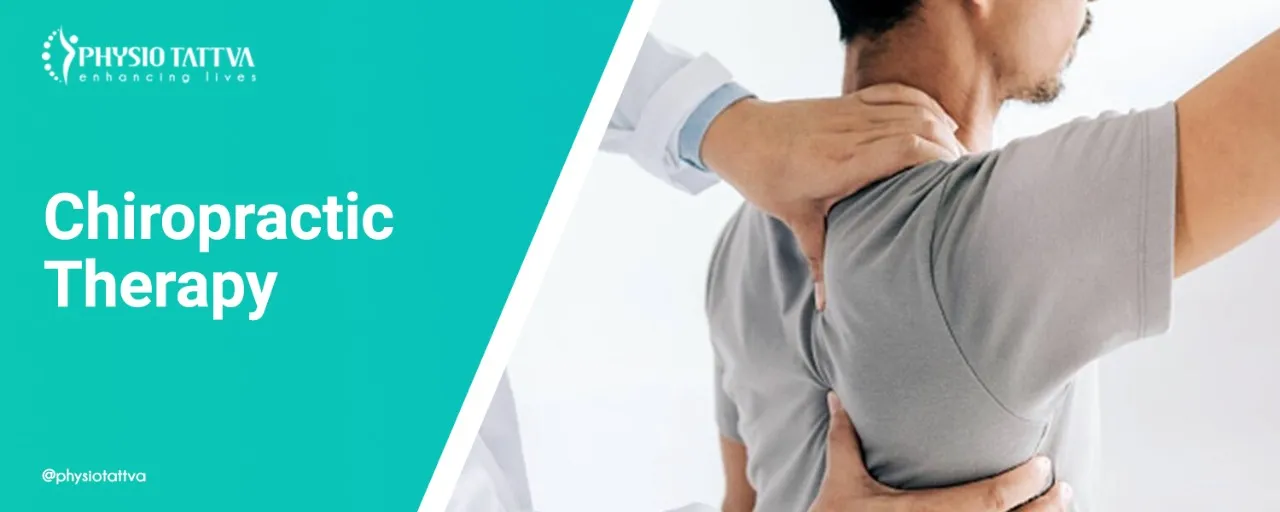
.webp)

.webp)
.webp)
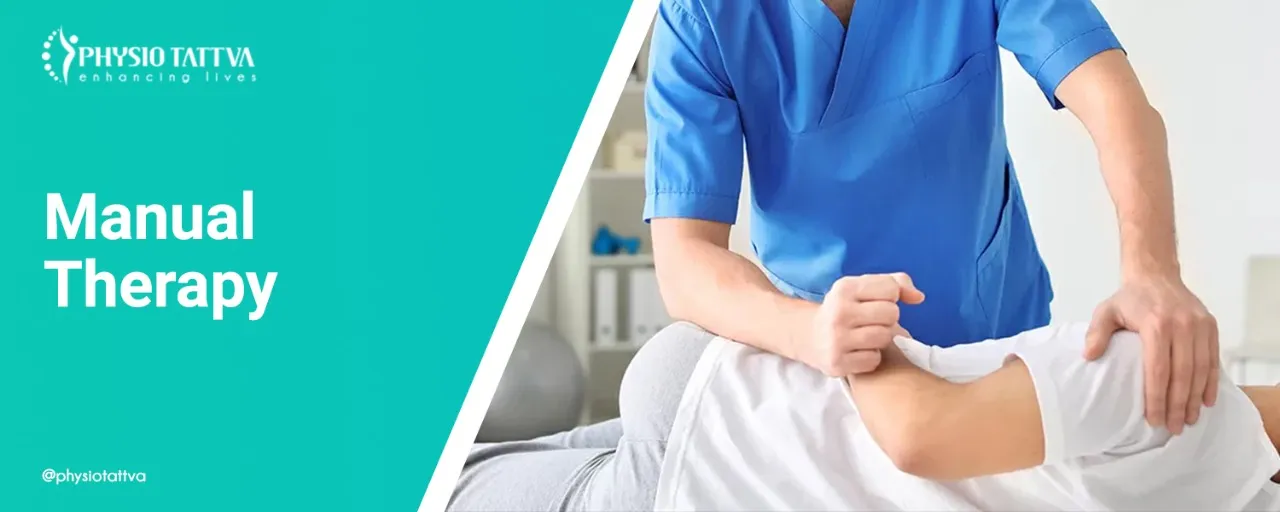
.webp)








.webp)


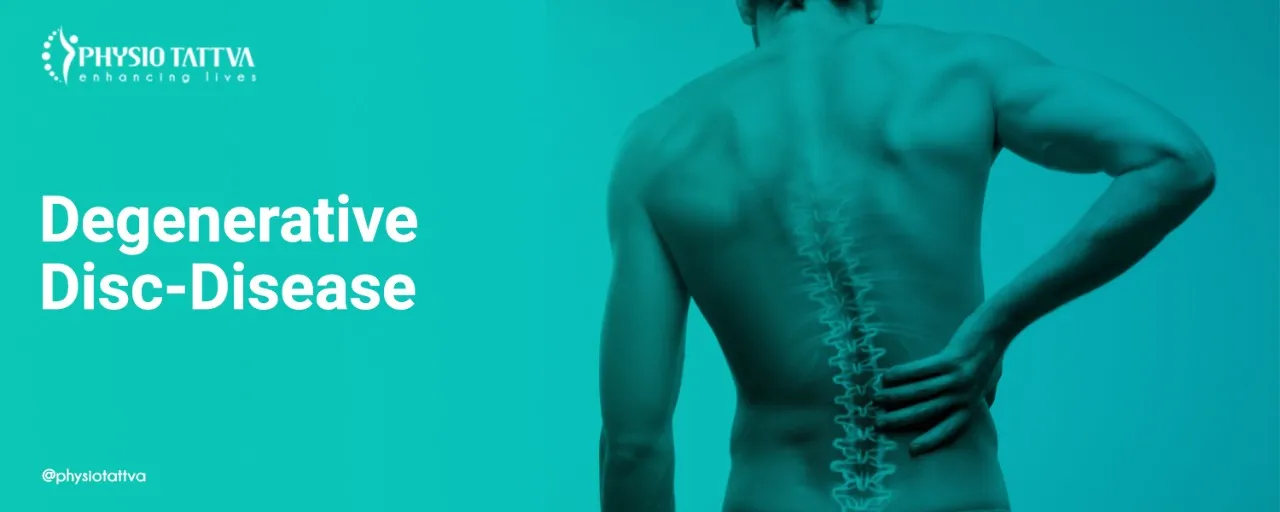

.jpeg)

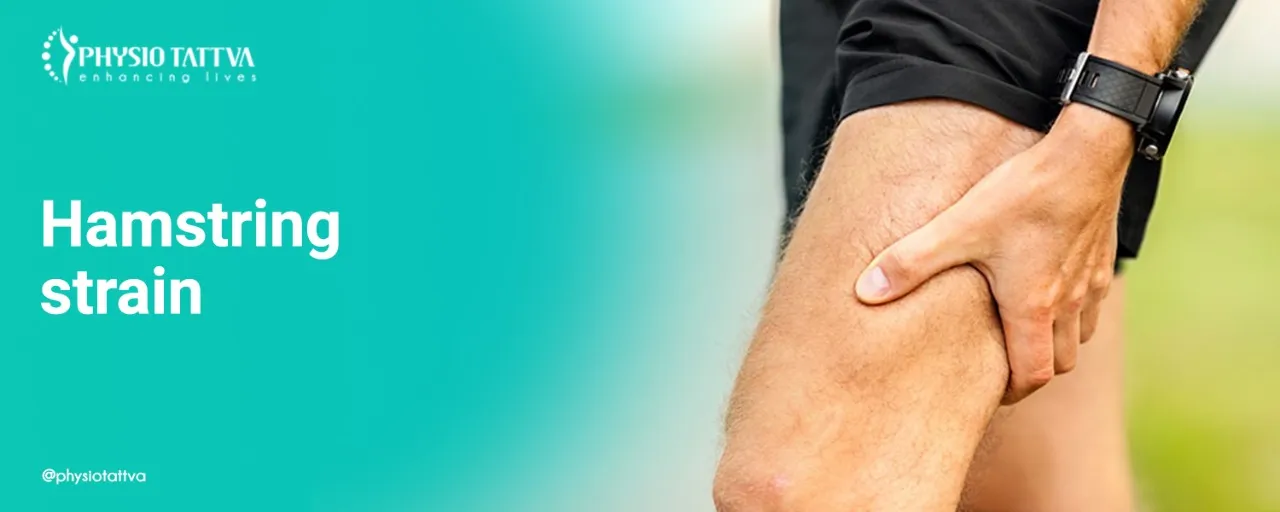

.webp)



.webp)







.png)









%20(1)-p-3200.jpeg)


.jpg)
.webp)
.webp)
.webp)

